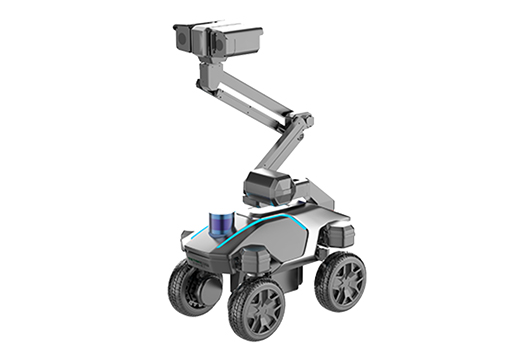


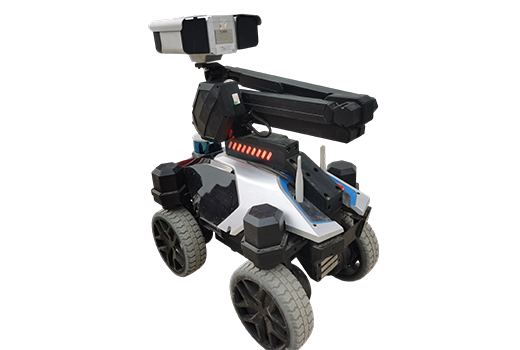
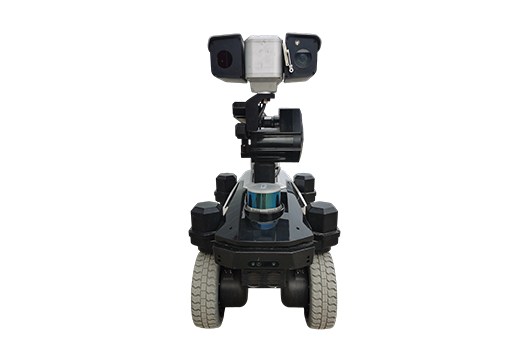
The T7-S wheeled inspection robot uses a 3D laser radar for positioning and navigation. At the same time, it is equipped with a high-definition visible light camera, an infrared thermal imager, and environmental and gas sensors to transcribe meter readings, identify the position status of disconnectors, detect temperature and humidity of the objects to be inspected, and monitor the local environment where the robot is located. The robot is equipped with a lifting arm module, which can raise the height of the entire pan-tilt in narrow areas, expanding the inspection range. The entire inspection system is composed of the robot body, charging pile, communication network system, and inspection robot control system. This product is widely used in inspection tasks in substations, GIS rooms, switchgear rooms, or other areas suitable for manual work.

High protection - IP65
Core positioning navigation function
3D LiDAR positioning: achieving high-precision environmental modeling and autonomous navigation, adapting to complex scene path planning. Autonomous obstacle avoidance: Real time detection of obstacles to ensure safe movement in narrow spaces.
Intelligent inspection function
1. Multi sensor collaborative detection High definition visible light camera: -Automatically recognize device meter readings (such as voltage, current, etc.). -Accurately determine the opening and closing status of the knife switch/switch. Infrared thermal imaging device: -Detect abnormal hot spots in equipment (such as cable joints, transformers, etc.) to prevent overheating faults. Environmental and gas sensors: -Monitor environmental temperature and humidity, SF6/O2 gas concentration, and warn of leaks or abnormalities. 2. Capacity for lifting and expanding Elevatable gimbal: Adjust the height through the lifting arm (up to X meters) to cover high and low level equipment (such as GIS busbars and cabinet top instruments).
System architecture and supporting functions
Charging station: supports automatic recharging to ensure long-term continuous operation. Communication network: Real time transmission of inspection data to the backend (supporting 4G/5G/Wi Fi, etc.). Central control system: -Remote task scheduling and monitoring. -Data analysis and report generation (such as trend analysis, abnormal alerts).
Application scenarios
Substation: 24-hour equipment status inspection, replacing manual high-risk operations. GIS room/substation room: flexible lifting and lowering in narrow spaces, with no blind spots covered. Other industrial areas: suitable for places that require regular environmental monitoring or equipment inspection.
Summary of Core Advantages
Fully autonomous: from navigation to detection, there is no need for manual intervention throughout the entire process. Multi functional integration: integrating visual, infrared, and environmental monitoring into one. Wide adaptability: It can cover complex terrains, narrow spaces, and high and low level equipment.
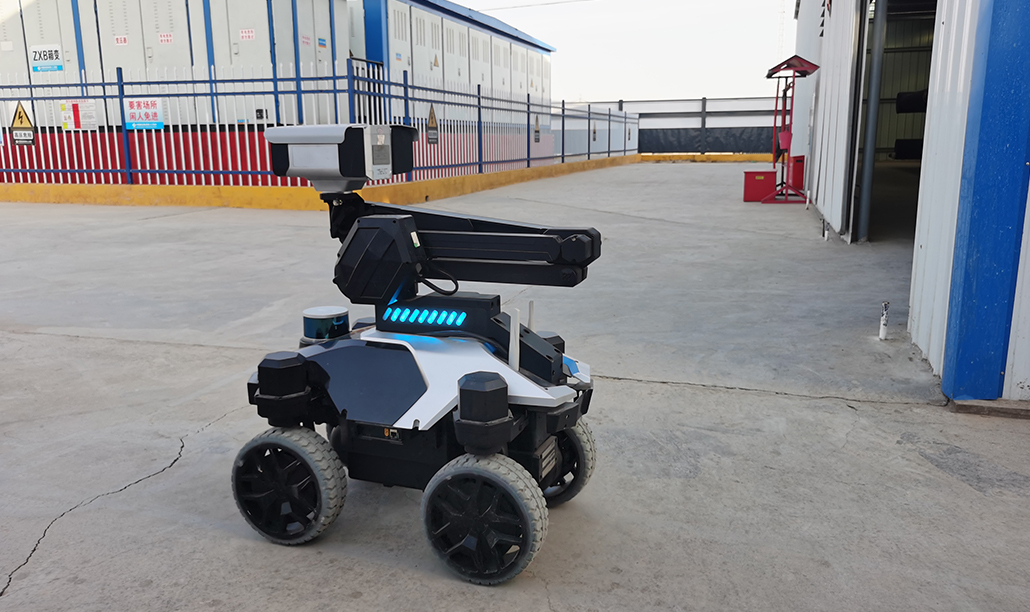
Applied on-site at a refrigeration station
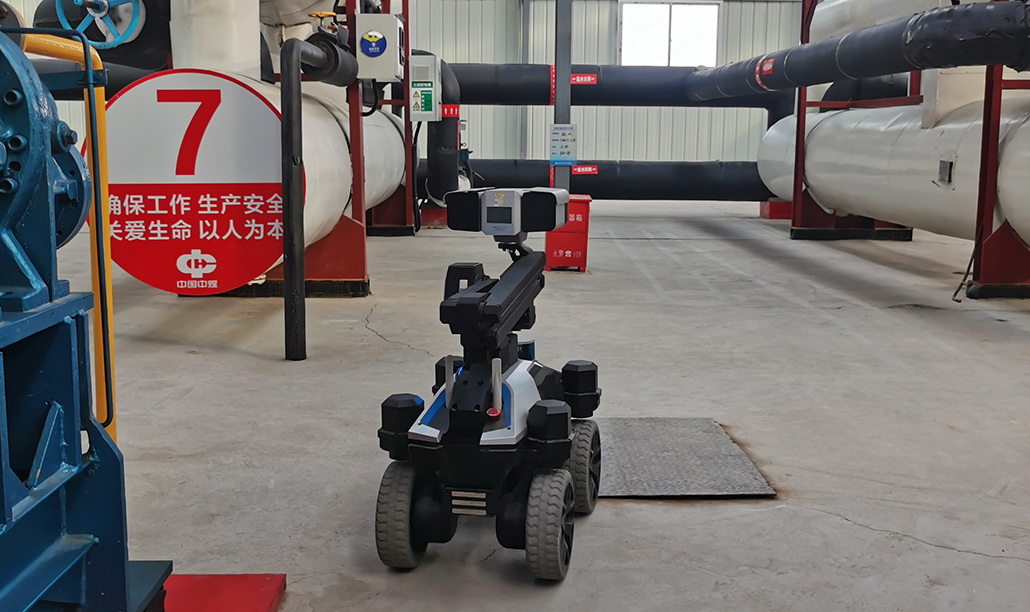
Applied on-site at a refrigeration station
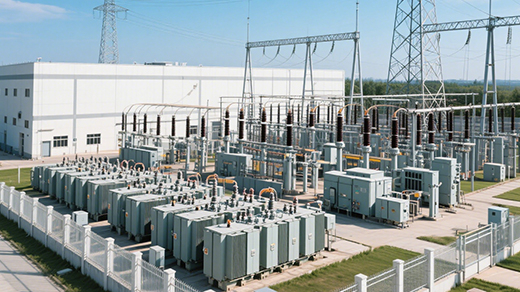
transformer substation
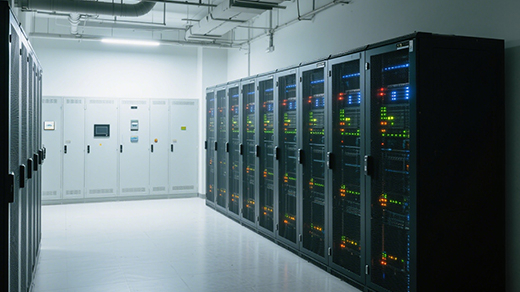
GIS operating room